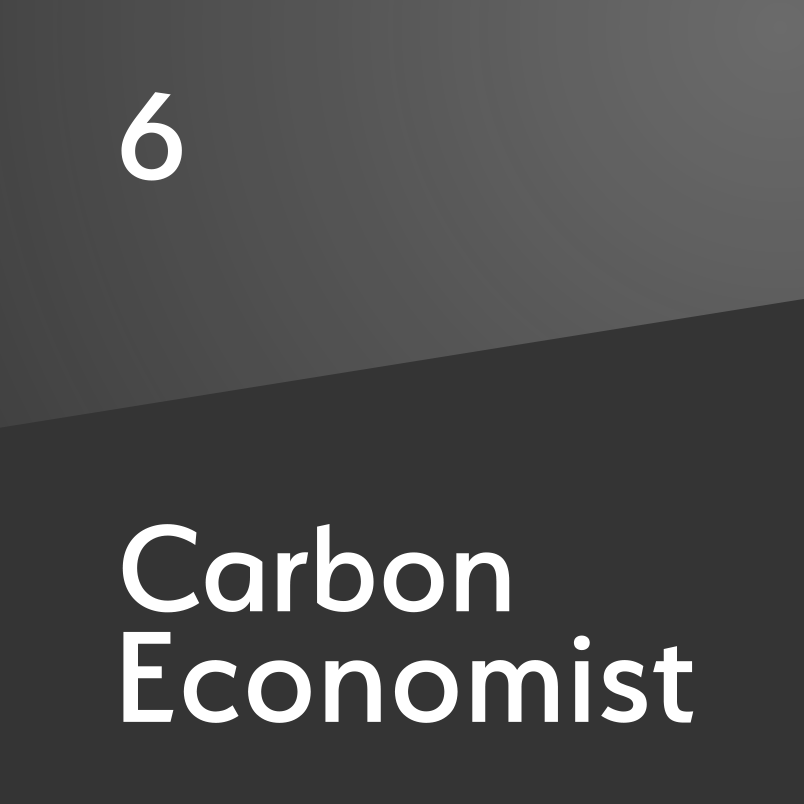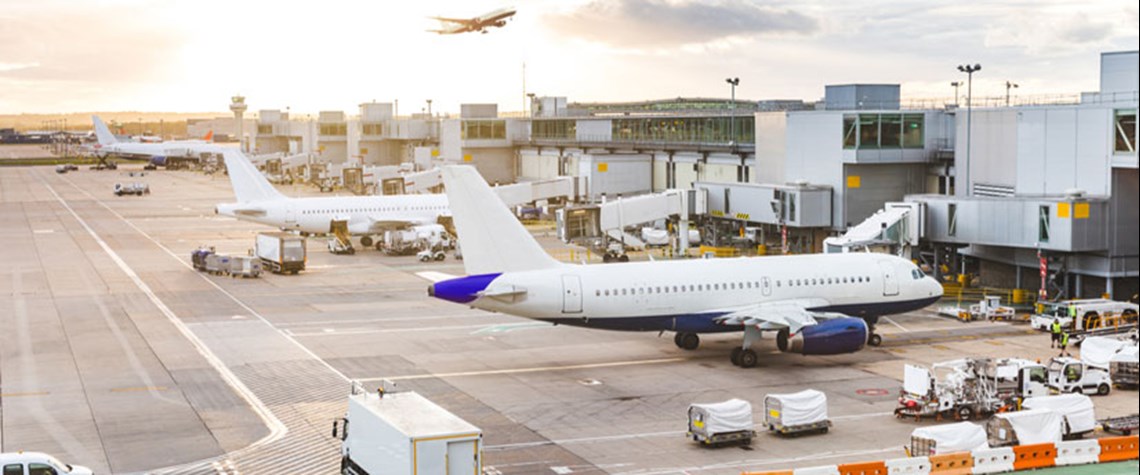Aviation decarbonisation set for takeoff
Energy efficiency improvements and use of sustainable aviation fuel seen as key to cutting emissions by 2050
The global aviation industry has a long way to go to meet its commitment to slash carbon dioxide (CO₂) emissions to half of 2005 levels by mid-century, let alone its ultimate goal of net-zero emissions. But the industry is optimistic it can achieve deep decarbonisation over the next three decades, Robert Boyd, assistant director and head of sustainable aviation at the Geneva-based trade group the International Air Transport Association (IATA), tells Transition Economist. IATA represents almost 300 airlines worldwide. The industry has been laying the groundwork since 2009, when it was the first to commit to large emission reductions on a global scale, while technological advancement has been

Also in this section
28 November 2025
The launch of the bloc’s emissions trading system in 2005 was a pioneering step, but as the scheme hits 21 its impact as a driver of decarbonisation is still open to debate
18 November 2025
Vicki Hollub, president and CEO of Occidental, has been selected as the 2026 recipient of the Dewhurst Award, the highest honour bestowed by WPC Energy. The Dewhurst Award celebrates exceptional leadership, groundbreaking innovation and a lifetime of significant achievements in sup-port of the development and advancement of the energy industry.
11 November 2025
Transition policies must recognise that significant industrial demand for carbon will continue even as economies hit net zero
6 November 2025
After years of pursuing ideologically driven climate leadership, Western powers are now stepping back under mounting political pressure and rising populist opposition—prompting concern essential climate action could be sidelined







